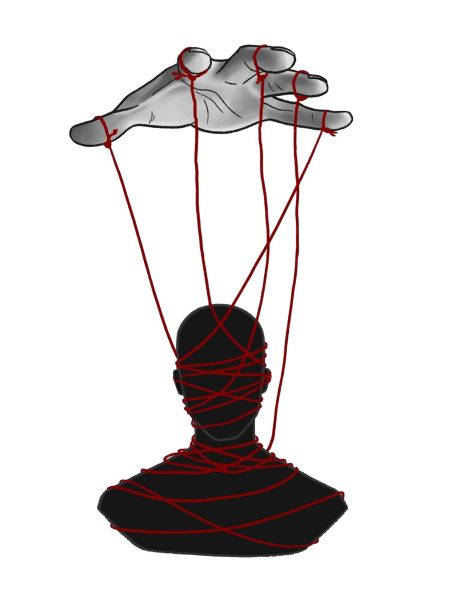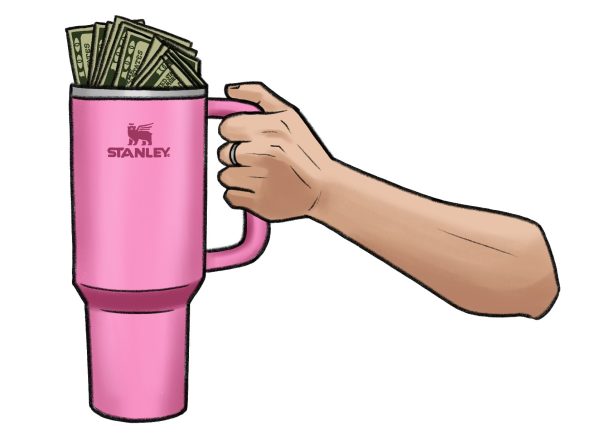High risk, low reward: The new cannabis industry
February 12, 2023
Smoke rises over crowds of swaying tie-dye. A pungent smell mixes with Grateful Dead tunes and dancing bears. A vision of the 1960s hippie culture permeates Gen Z’s views of cannabis. Over the years ideas have shifted towards the economic and legitimacy of cannabis and many entrepreneurs and weed enthusiasts looked towards a legitimate industry. As more and more states move towards legalizing weed, the normalization of pot has created a new idea of what the cannabis industry could look like. But growers and distributors have come to realize that regulations and the illicit market will taint the profitability of this budding industry.
History:
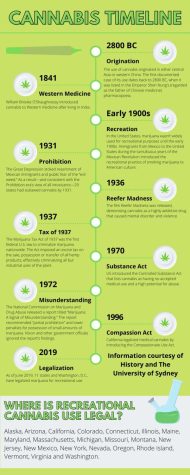
The use of cannabis goes back about as far as recorded human history, but the plant didn’t make its way to North America until 1611. Despite this, cannabis wasn’t widely used in the U.S. for recreational purposes until the early 1900s. In the 1910s, smokable cannabis came to the U.S. by two routes: through Texas by way of Mexican refugees after the revolution and through immigrant sailors from the Caribbean. Through cultural integration, the use of cannabis increased along with public fear of the “evil weed” that still remains today.
Following public outcry over tales of cannabis, The Marijuana Tax Act of 1937 was implemented. The U.S. then introduced the Controlled Substance Act that listed cannabis as having “no accepted medical use and a high potential for abuse,” ranking it among other Schedule I drugs such as heroin and LSD. With more and more research coming out the scheduling of drugs are able to change with the results of changing drug laws.
Jonathan Hirsch, a teacher of street law, social issues and tobacco use prevention education, further expanded on the impact of Schedule I drugs.
“There are five schedules [for drug ranking], according to the Controlled Substances Act, one being the most dangerous and the least beneficial. Five is the opposite. It’s ironic because Oxycontin and Vicodin are moving up, [so] now there are discussions about whether cannabis should move down,” Hirsch said.
Regulations:
Over the past 20 years, states have opened the floodgates to recreational and medical use of cannabis. This has created an entirely new market for those interested in partaking in the cannabis industry.
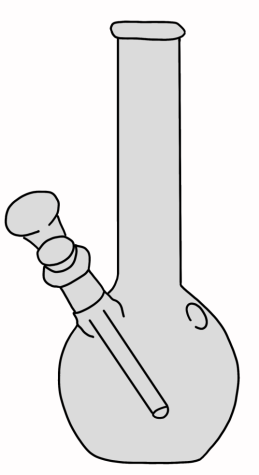
There are statutes and regulations that all growers and distributors must follow. In California, taxes vary from county to county. The first tax every grower must pay is a Cultivation Tax: a certain amount per square foot for outdoor growing, mixed light growing and indoor growing. Cultivators must pay the Cultivation Tax even before they sell their products to retailers.
On top of the Cultivation Tax, there are several other taxes that cultivators have to pay every year such as County Fishing Game, Cultivation Excise Tax (which in California is $9.25 per ounce for flowers and $2.75 per ounce for leaves), Water and Sanitation Tax, Land Survey and general taxes on an individual property.
Growers’ Experiences:
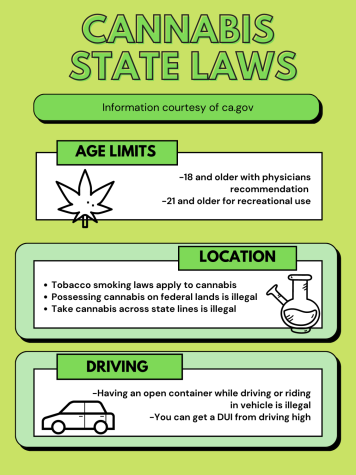
Mike Driscol, a former cultivator in Lake County, originally found this new legal market profitable. However, as the industry grew, the new systemic regulations seemed to have eliminated the middleman, destroying little growers and benefiting the larger companies.
“As the industry progressed towards more [larger businesses], you had a couple of big guys that completely controlled everything. They bought up all the distribution licenses, so obviously, that tailors towards somebody that can grow a lot for cheap. If you only have five percent of what some of these big guys are growing you have to sell at a certain price for it to be profitable. Big money comes in, buys up land and they control the market,” Driscol said.
Driscol explained that on top of these taxes and competition, many cultivators add illegal plants that aren’t registered
“I know there are a lot of people adding illegal crops to their canopy, and that’s just going to be a trickle-down effect where it affects the [legal] market more because it puts more weight on that price, but you have to do it to stay up on top: to survive. The black market is always going to exist, which in turn affects the [legal] market,” Driscol said.
When looking at the financial aspects and profitability of the weed industry, it’s important to understand how students fall into this dynamic. According to the 2023 January Bark survey, 79 percent of Redwood students say either they or somebody they know buy cannabis from drug dealers or friends, adding to the profitability of the black market, which will continue the issue for smaller cultivators like Driscol.
Dispensaries:
Over the years, dispensaries have filled California’s cities. Although these dispensaries are in violation of federal law (since cannabis is still federally illegal), the state’s laws on cannabis have protected them. According to the San Francisco Chronicle, “total retail sales of medical and recreational cannabis rose steadily each year to $223 million in 2018 — that’s $100 million more than in 2015.”
However, that doesn’t necessarily mean that the distribution of cannabis is more profitable than that of cultivating. The illicit market still trumps the prices of those operating legally. Illicit market sellers don’t pay taxes and are able to sell more products. In the same San Francisco Chronicle article, S.F. Supervisor Rafael Mandelman spoke on the budding industry issues
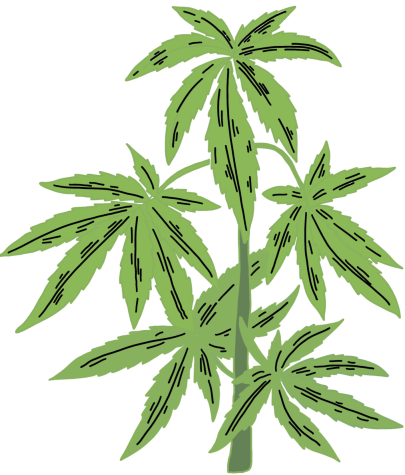
“San Francisco’s retail cannabis industry is still in its infancy, but it’s clearly facing some growing pains, regulatory requirements are tough for small businesses generally, and the additional burdens placed on cannabis businesses are particularly challenging,” Mandelman said.
Both cultivators and distributors are working through the many regulations and economic challenges that the cannabis industry is facing.
“It takes a lot of work to follow these laws, a lot of labor and then there are a lot of miscellaneous costs, they have to endure on a year-to-year basis. Based on market conditions and the game right now for the small guys is nothing,” Driscol said.













